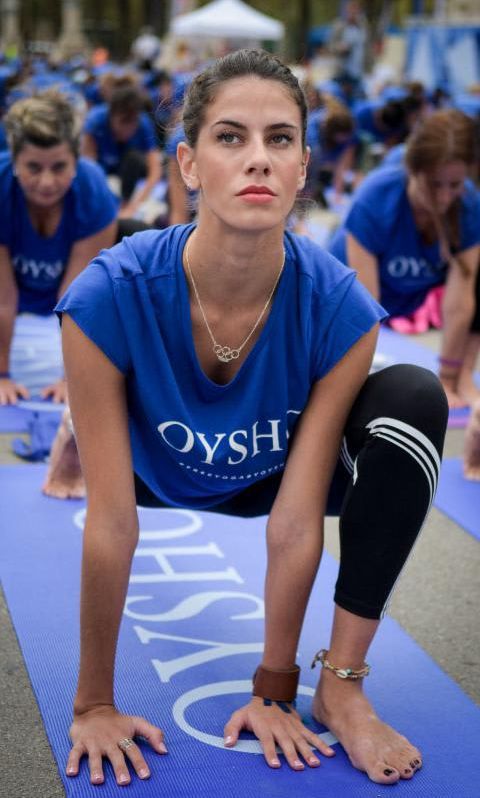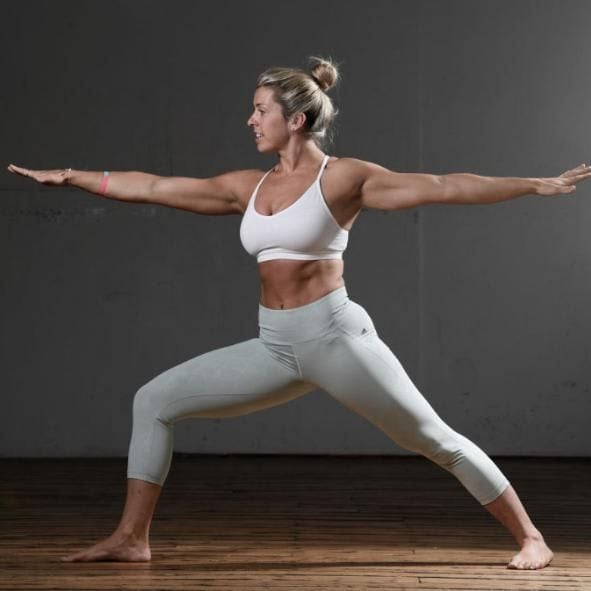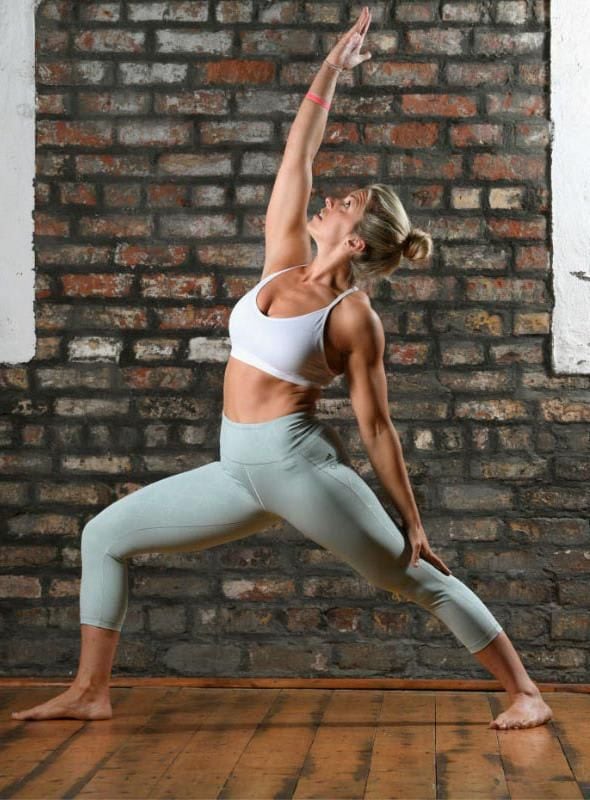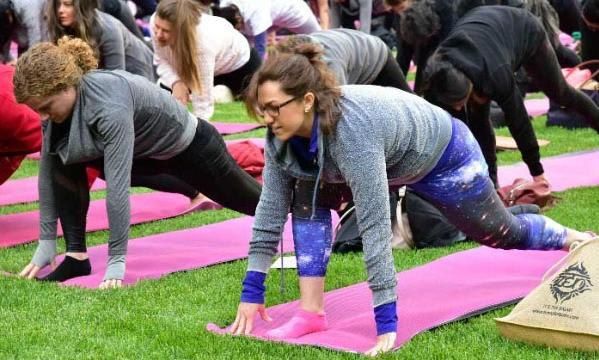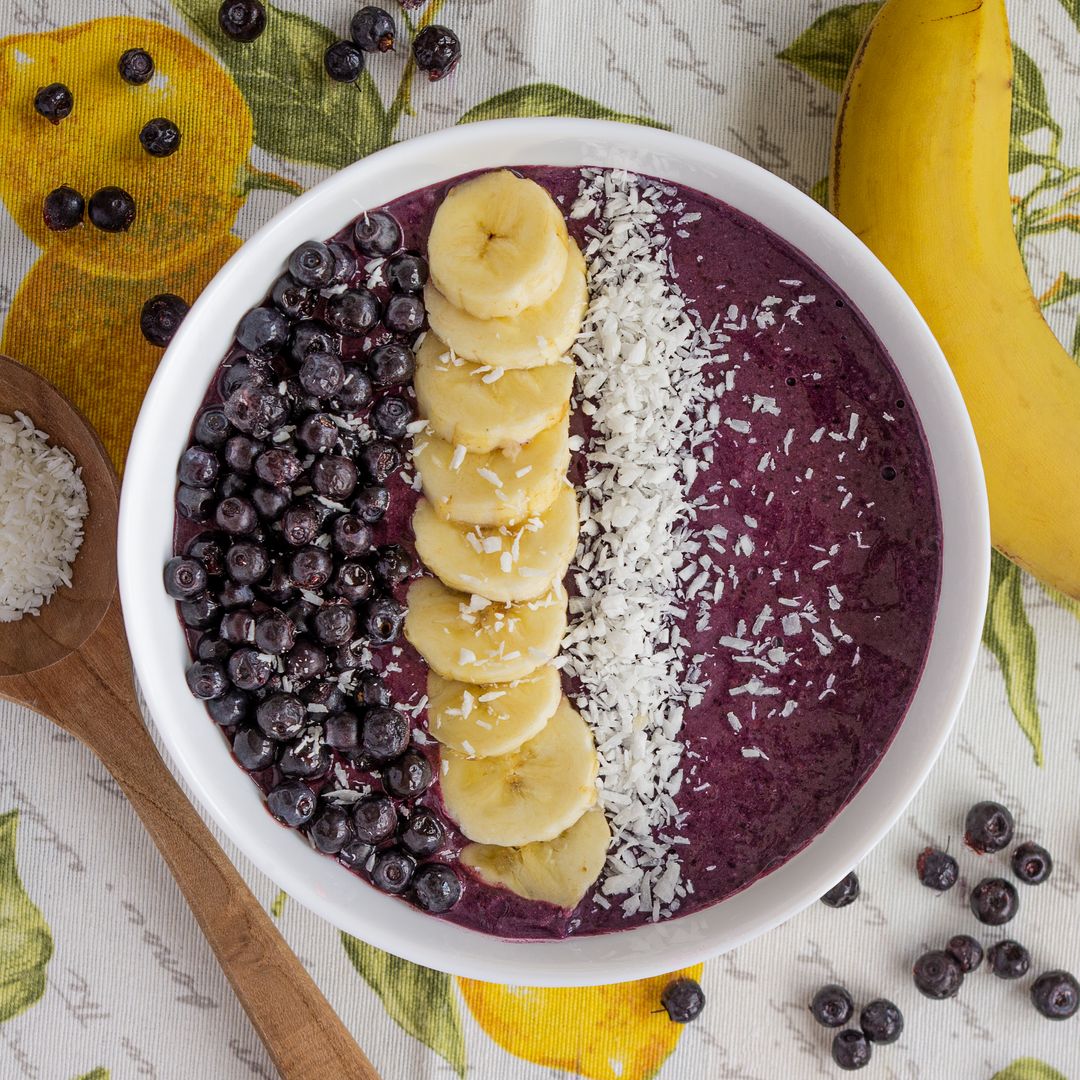For many people, yoga is more than an hour or two of exercise: it's a way of seeing life through the synergy of body, mind and spirit. Such is the case with Jessica Biel. The actress has found a way to improve her physical condition in order to successfully perform other activities in her life, including overcoming stress as well as discovering her true self.
Jessica is a yogi with more than ten years of experience. With all that knowledge, Justin Timberlake's wife has stated on multiple occasions that exercises which open up the hip area is one of her favorite positions, for various reasons. The first is that Silas' mom finds them liberating and admits that, although they may be difficult to hold, they are extremely beneficial for the center of your torso and lower body, especially for people who spend much of their time sitting. On the other hand, experts in the world of yoga say that by unlocking your hips you eliminate fears, insecurities and attachments that are affecting your life.
In an interview with Well and Good, she said: "I love the lizard posture, and I like all the standing positions that are really activated by the hips, like the warrior two, the reverse warrior and the runner's thrust. I love to hold all those postures where you activate your hips and lower limbs."
Lizard posture
The lizard posture or Utthan Pristhasana allows the hips to make deeper movements and also stretches the hamstrings. An added benefit is that it de-stresses your chest and shoulders.
Start in an all-four position, that is, with your hands and knees resting on the floor or mat. Breathe and lift your hips until your points of support are the tips of your hands and feet. Then, drop your head to stretch your neck. From this position known as the downward dog, take a deep breath and lift your right leg up, breathing and flexing the same leg by bringing it forward until the foot is to the side. Take three slow breaths in that position, then change legs and repeat the exercise.
Warrior II
Also known as Virabhadrasana II, this position is much like the other standing hip opening postures. It gives vitality and energy, tones the muscles of the legs and also helps with intestinal transit.
From the standing or mountain position, take a deep breath and take a long step with your left leg. Now turn your left foot out about 45 degrees, as you see in the photo below. Open your arms and keep them at shoulder level to form a straight line: the palms of your hands should face down. Turn your head to the left and flex your left leg. Distribute your body weight between both legs. You should look at the middle finger of your left hand to keep yourself focused. Hold the posture for several respiratory cycles. Now switch sides.
Reverse warrior
In addition to the hip opening movement, this reverse warrior, or Viparita Virabhadrasana posture, is an excellent exercise for intercostal muscles which are notoriously challenging to work: knees, triceps, quadriceps, shoulders, buttocks and core. To enter this position from the previous pose of the Warrior II, make yourself aware of your breaths as you begin the adjustment of the position.
Keep your right foot forward and lower your left arm to the back of your left thigh. Lift your right arm above the head and stretch your torso by lengthening the sides of your waist. Gently extend the entire spine and then look at the fingertips of the extended hand. Hold the posture for three to five breaths and then repeat on the other side.
Runner's thrust
Its name in Sanskrit is Ardha Hanumanasana with its main benefits being the deep stretching of the hip flexor muscles, elongation and greater resistance and strength in the arms, back and legs. To carry it out, place yourself in a plank position, both hands on the floor and aligned with your shoulders. Bring your right foot next to your right hand. Relax your hip and your back. The left leg must be semi-flexed. Breathe and hold the posture for 30 seconds. Repeat on the other side.
Although there are multiple physical, mental and spiritual benefits in yoga, there are some postures that cannot be performed by people with high blood pressure and other cardiovascular disorders. Hence, it is advisable to consult with a healthcare specialist before starting any type of physical training. If this is not your case, try these positions and enjoy their benefits. Namaste!
,type=downsize)


